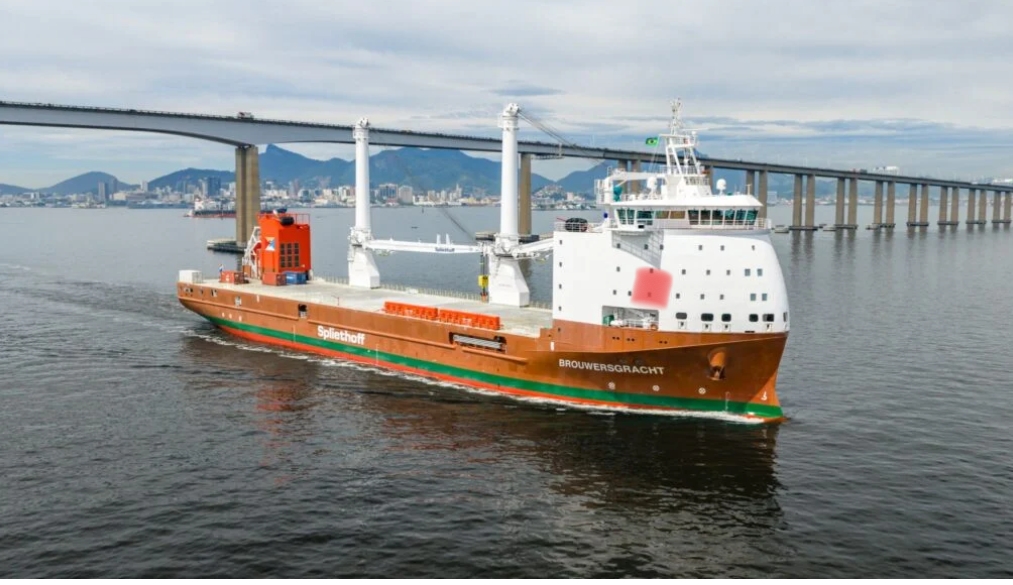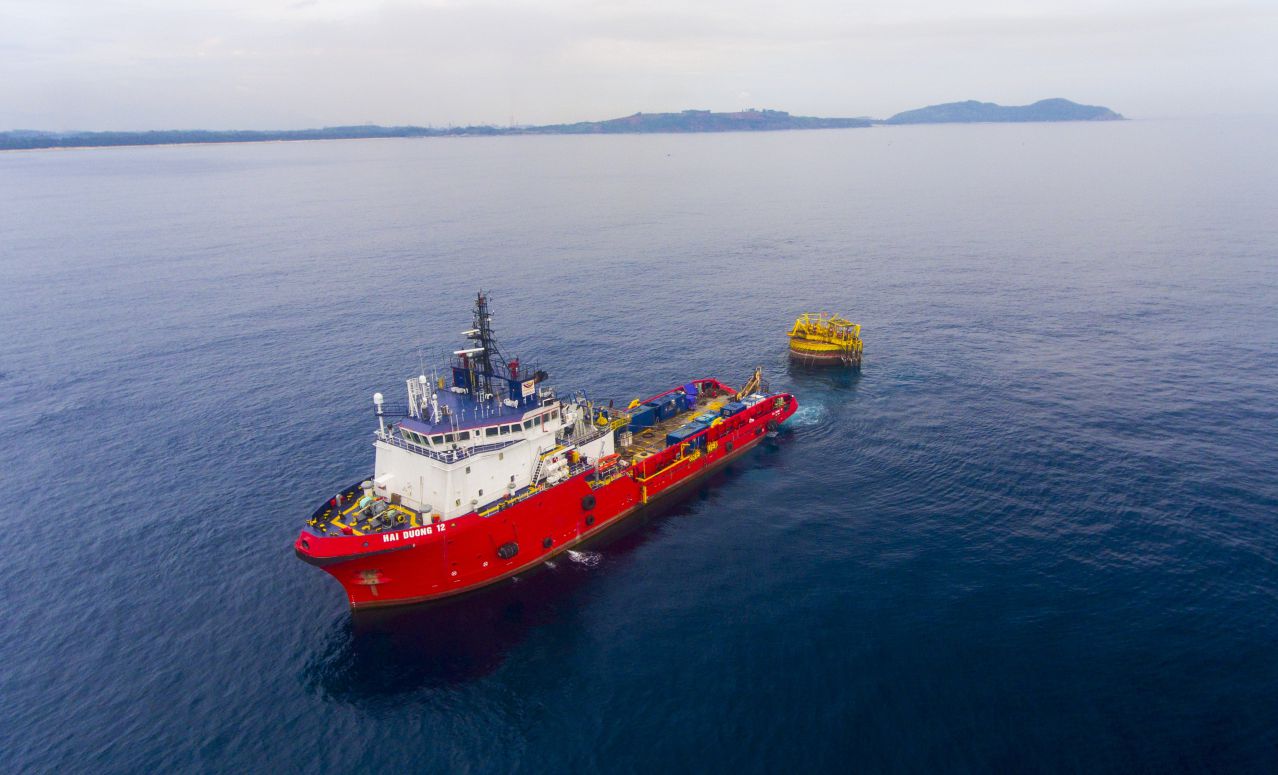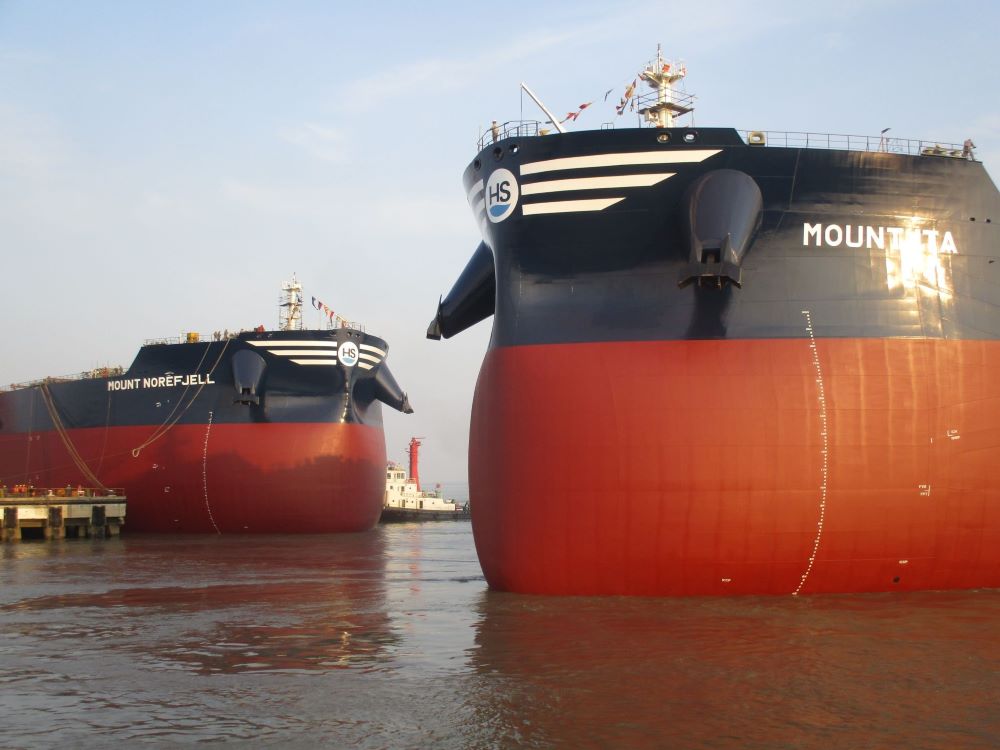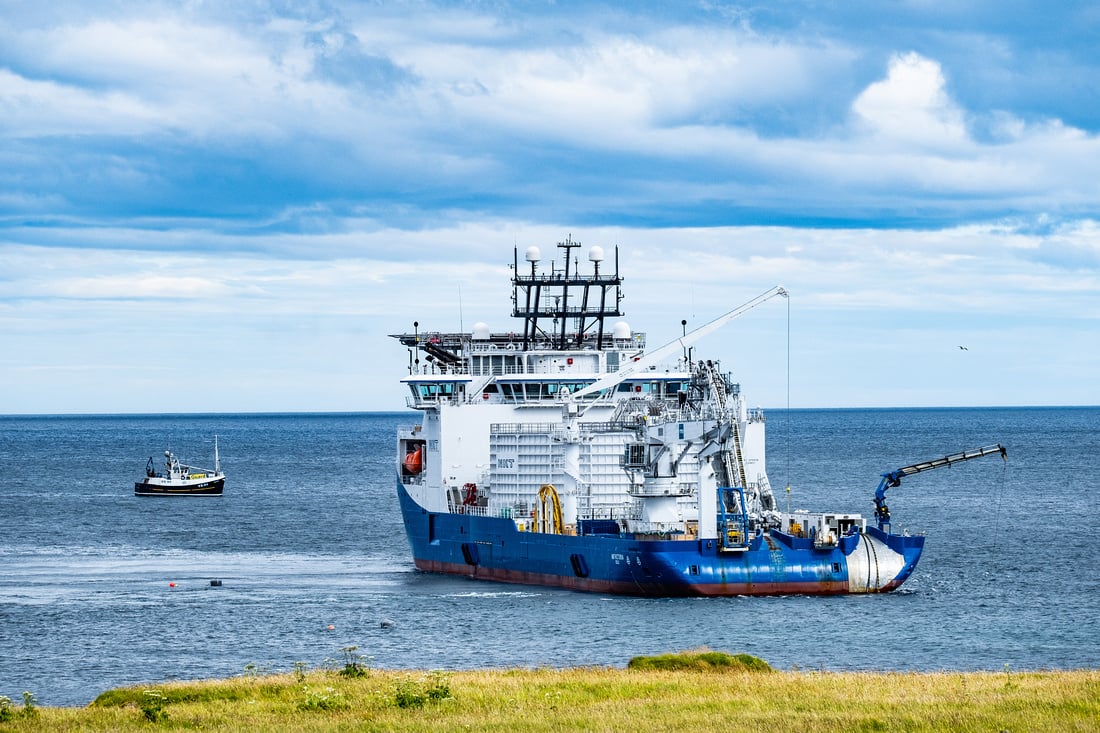西北航道使用率增长44%
作者: 发布时间:2021年04月15日 浏览量:1556 字体大小: A+ A-
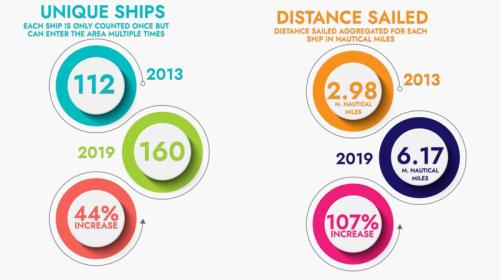
图片来自网络,版权属于原作者
来源:Offshore Energy 2021-04-14
翻译:国际海事信息网 黄子倩 张运鸿
北极理事会北极海洋环境保护工作组(Protection of the Arctic Marine Environment, PAME)的最新报告显示,2013年至2019年间,途径西北航道的船只增加了44%。
2013年约有112艘特种船(unique ships)进入该区域,平均航行距离为2.98海里,而2019年这一数字增加到160艘,平均航行距离为6.17海里。
通过西北航道最常见的船舶类型包括散货船、普通货船、渔船和邮轮。
途径西北航道的商船大多数为加拿大船籍,其次是马绍尔群岛、巴拿马和巴哈马船籍。
该报告标注了六条主要航线,如下图所示。
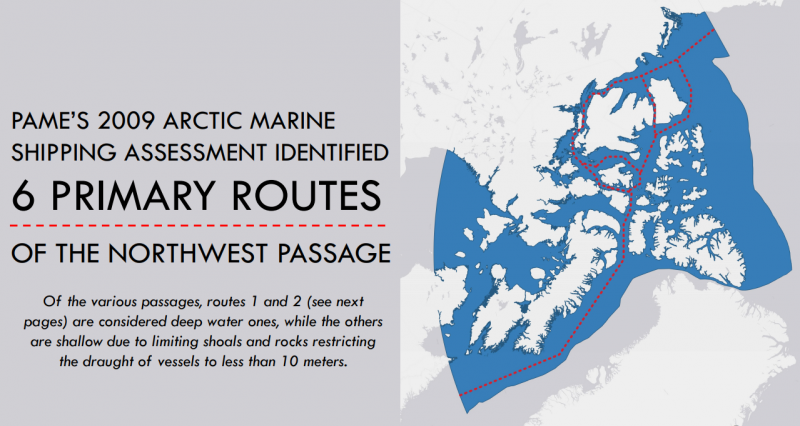
尽管西北航道没有官方定义,但该报告使用了加拿大《北极水域污染防治法》(Arctic Waters Pollution Prevention Act)中规定的“北极水域”定义,以划定其地理范围。
该报告表明,航运业使用北极航道的频率越来越高,这一直是各非政府组织关注的核心环境问题。
北极航道船舶数量的增加意味着黑碳(black carbon)和温室气体排放量增加,危及该地区十分脆弱的海洋环境。
清洁北极联盟(Clean Arctic Alliance)等组织继续呼吁采取强制性措施,要求所有在北极及附近作业的船只改用馏出燃料(distillate fuels)或其他更清洁的燃料,以保护北极环境。
该联盟认为,所有船舶都有必要从石油燃料转向清洁燃料或其他动力供给方式。
(本文版权归国际海事信息网所有,图片版权归原作者,转载请注明出处。)
Number of ships sailing the Northwest Passage up by 44%
Ships entering the Northwest Passage area increased 44% from 2013 to 2019, the latest report from the Arctic Council’s Working Group on the Protection of the Arctic Marine Environment (PAME) shows.
Specifically, in 2013 some 112 unique ships entered the area travelling an average distance of 2.98 nautical miles, while in 2019 this number increased to 160 with average distance sailed standing at 6.17 miles.
Some of the most common ship types to navigate the area include bulk carriers, general cargo ships, fishing vessels and cruise ships.
The majority of commercial ships operating the Northwest Passage are Canadian, followed by ships flagged from Marshall Islands, Panama and the Bahamas.
The report has identified six primary routes being used by ships, as shown in the map below.
Even though there is no official definition of the Northwest Passage, the report uses the definition of Arctic Waters, set out under Canada’s Arctic Waters Pollution Prevention Act, to establish geographic scope.
The report is indicative of the increasing usage of the Arctic shipping routes by the shipping industry, which has been at the center of environmental concerns of NGOs.
Specifically, the increasing number of ships in the area has meant greater black carbon and GHG emissions jeopardizing the very delicate marine environment in the area.
Organizations like the Clean Arctic Alliance continue to call for a mandatory measure requiring all ships operating in and near to the Arctic to switch to distillate fuels or other cleaner fuels to protect the region.
The alliance believes it necessary for all shipping to move from oil-based fuel to other cleaner fuels or other methods of propulsion.
来源:simic
今日要闻
图片新闻
海外传真
热点报道



